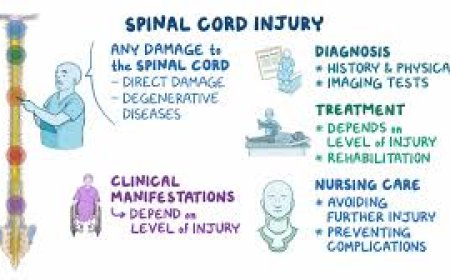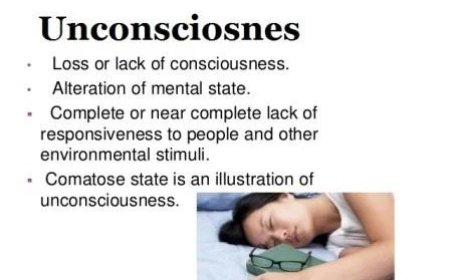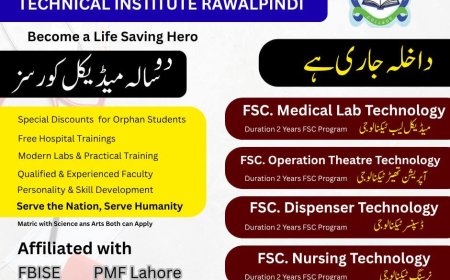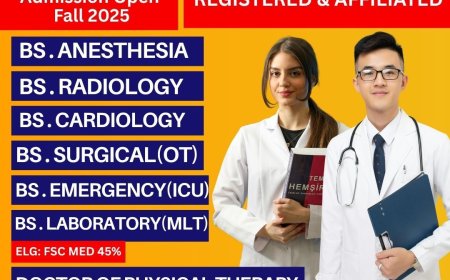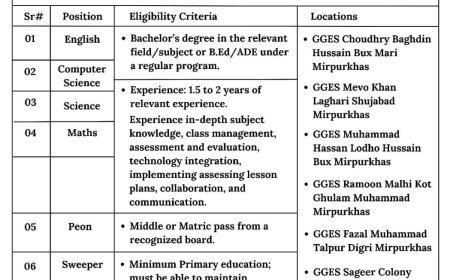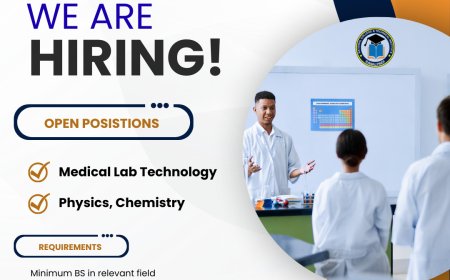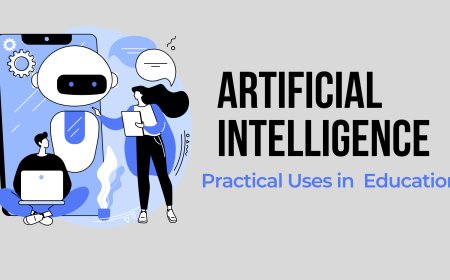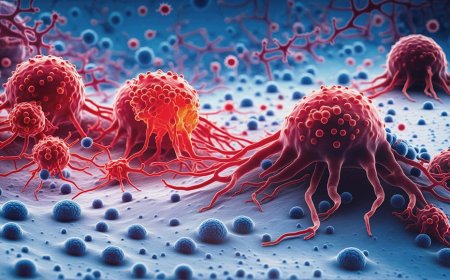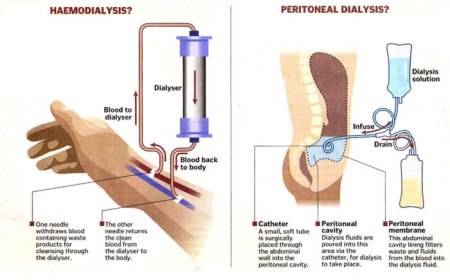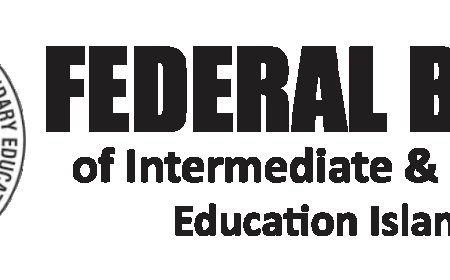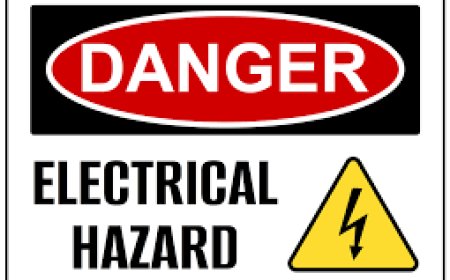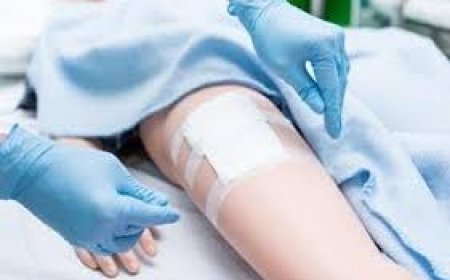Lecture: First Aid Treatment in Road Traffic Accidents
Introduction
Road traffic accidents are a common cause of injury and death. Many people die because they do not receive help on time. First aid is the immediate care given to an injured person before medical help arrives. The purpose is to save life, prevent the condition from getting worse, and help in recovery.
Objectives of First Aid
* To save the life of the injured person.
* To prevent further harm or complications.
* To relieve pain and provide comfort.
* To maintain breathing and blood circulation.
* To shift the injured person safely to a hospital.
Safety of the Rescuer
* Make sure the area is safe before helping.
* Park your vehicle on the side and turn on hazard lights.
* Do not stand in traffic or near fire or fuel leaks.
* Use gloves if available to avoid contact with blood.
**Scene Assessment**
1. Look around and see how many people are injured.
2. Check for dangers like fire, broken glass, or leaking fuel.
3. Call emergency services or Rescue 1122 for help.
4. Ask bystanders for assistance if needed.
Primary Survey (ABC Rule)
A – Airway
Make sure the airway is open. If the person is unconscious, tilt the head slightly back and lift the chin. Remove anything blocking the mouth, like blood or vomit.
B – Breathing
Check if the person is breathing by watching the chest or feeling air on your cheek. If not breathing, start mouth-to-mouth breathing.
C – Circulation
Check for a pulse at the neck. If there is no pulse and no breathing, start chest compressions (CPR). Give 30 chest presses followed by 2 rescue breaths. Continue until medical help arrives.
Control of Bleeding
* Press the wound with a clean cloth or bandage.
* Raise the injured part if possible.
* If bleeding is very heavy, apply a tight bandage or use a tourniquet above the wound only if necessary.
**Fracture Management**
* Do not move the injured person unless needed.
* Support the broken area using a splint or any hard object like wood or cardboard.
* Tie the splint firmly but not too tight.
* Do not try to push the bone back.
Head and Spinal Injuries
* If the person is unconscious, treat it as a spinal injury.
* Do not move the head or neck.
* Support the head from both sides to keep it still.
Burns and Fire Injuries
* Move the person away from flames or smoke.
* Pour cool (not icy) water over the burnt area.
* Cover the burn with a clean cloth or dressing.
* Do not apply oil, toothpaste, or cream.
Shock Management
* Lay the person flat on the back.
* Raise the legs slightly if there is no spinal injury.
* Keep the person warm and calm.
* Do not give anything to eat or drink.
Transporting the Victim
* Move the injured person carefully and only if it is safe.
* Support the neck and back properly.
* Use a stretcher or any flat surface like a door plank.
* Take the person to the nearest hospital quickly.
Do’s and Don’ts
Do’s
* Stay calm and talk to the victim.
* Stop bleeding quickly.
* Keep the person warm and still.
* Note the time and details of the accident.
Don’ts
* Do not crowd around the injured person.
* Do not remove objects stuck in the wound.
* Do not move a person with possible spinal injury.
* Do not give alcohol or medicine.
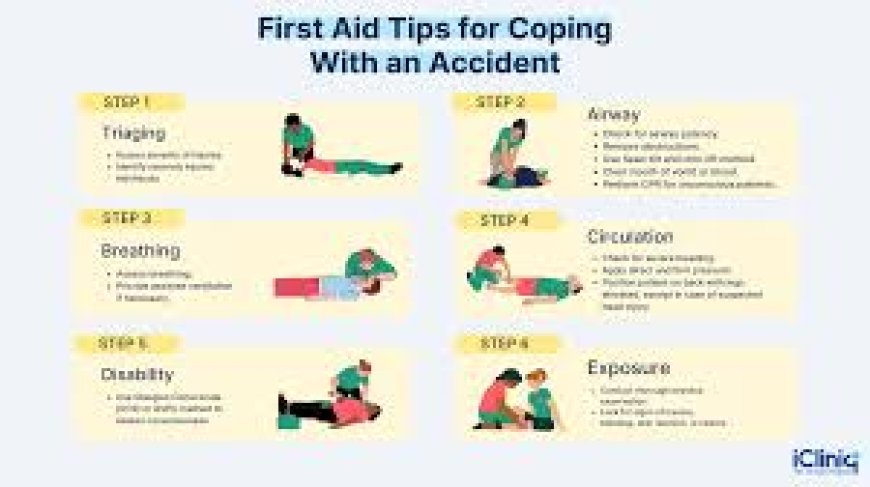
 Like
1
Like
1
 Dislike
0
Dislike
0
 Love
0
Love
0
 Funny
0
Funny
0
 Angry
0
Angry
0
 Sad
0
Sad
0
 Wow
0
Wow
0

